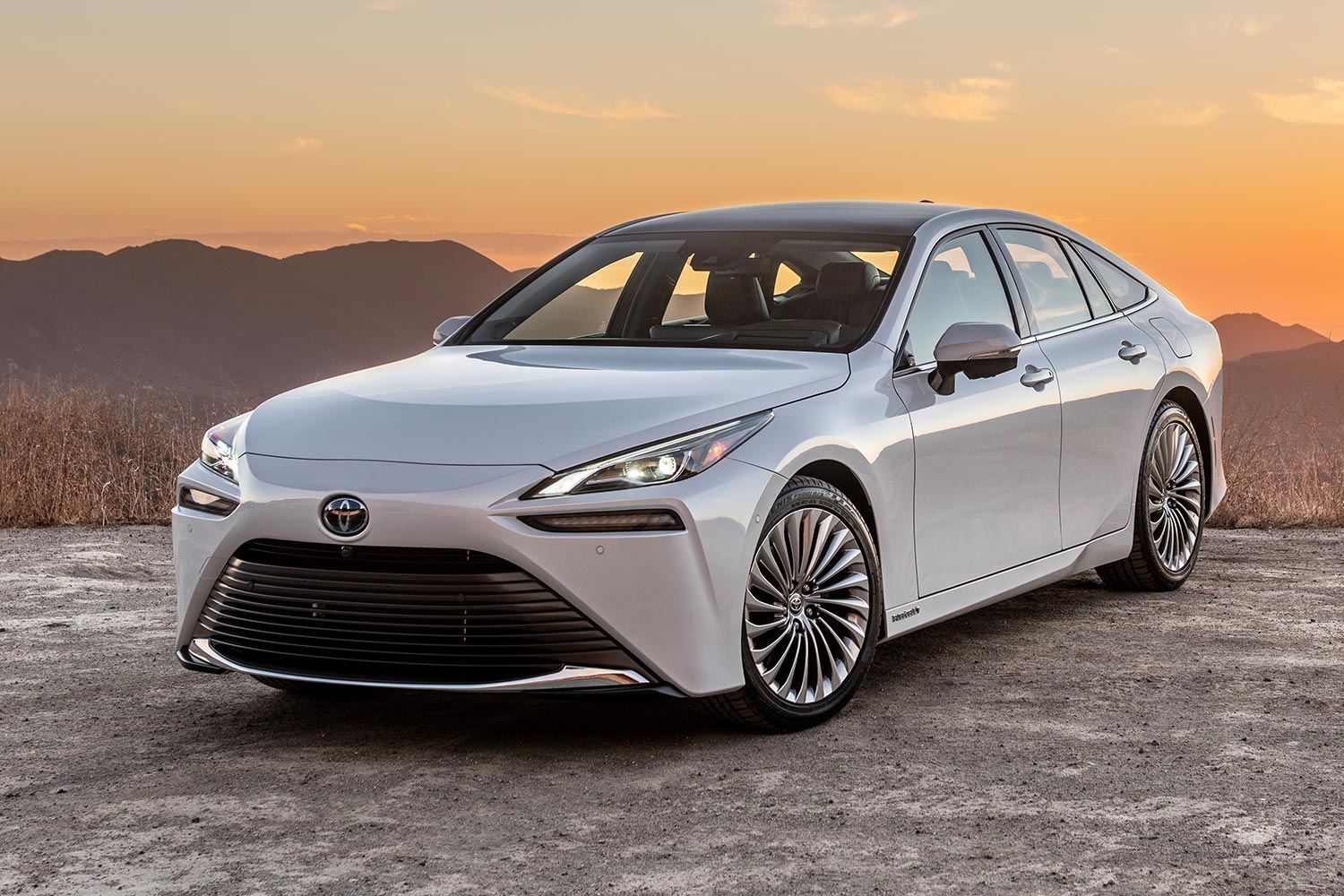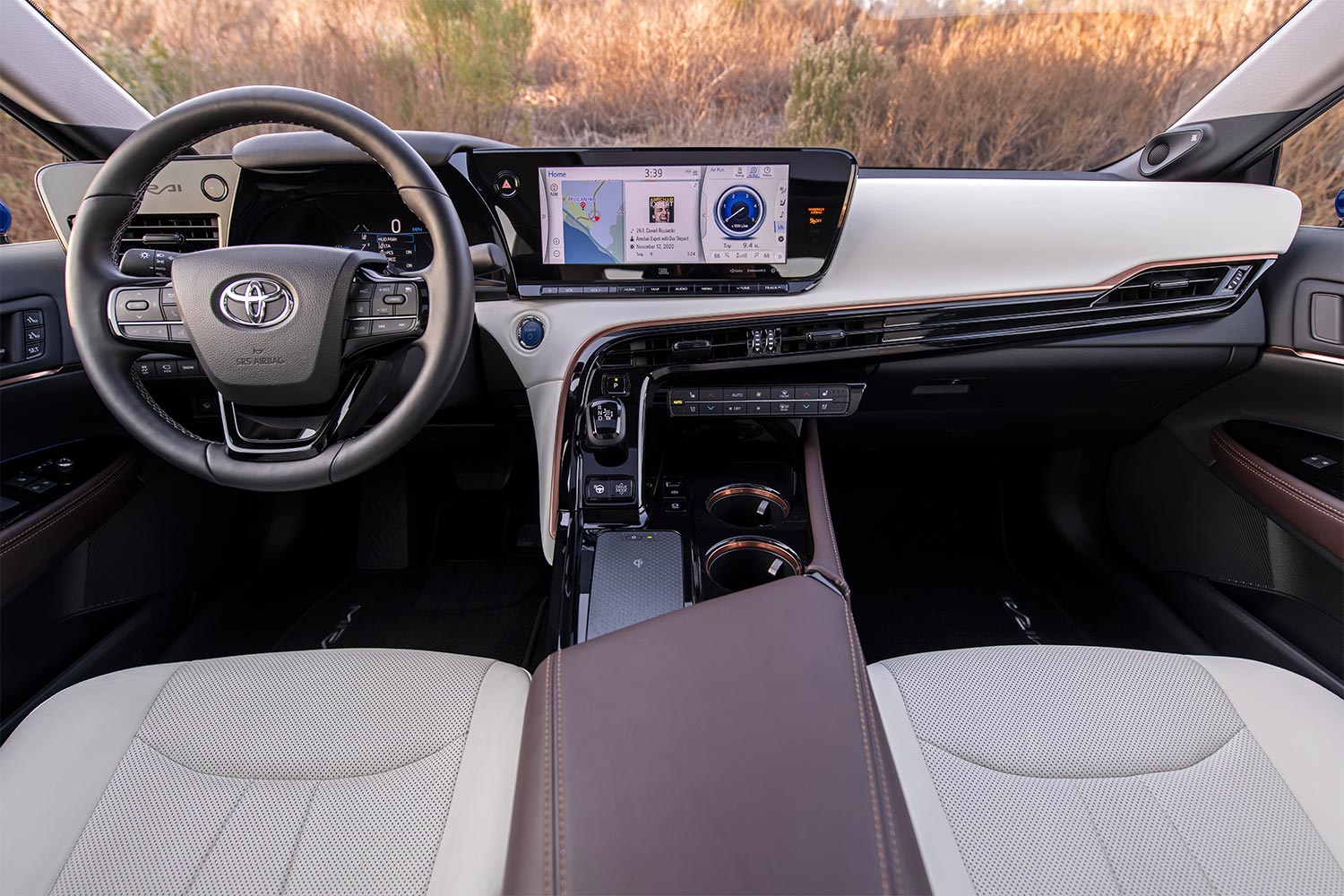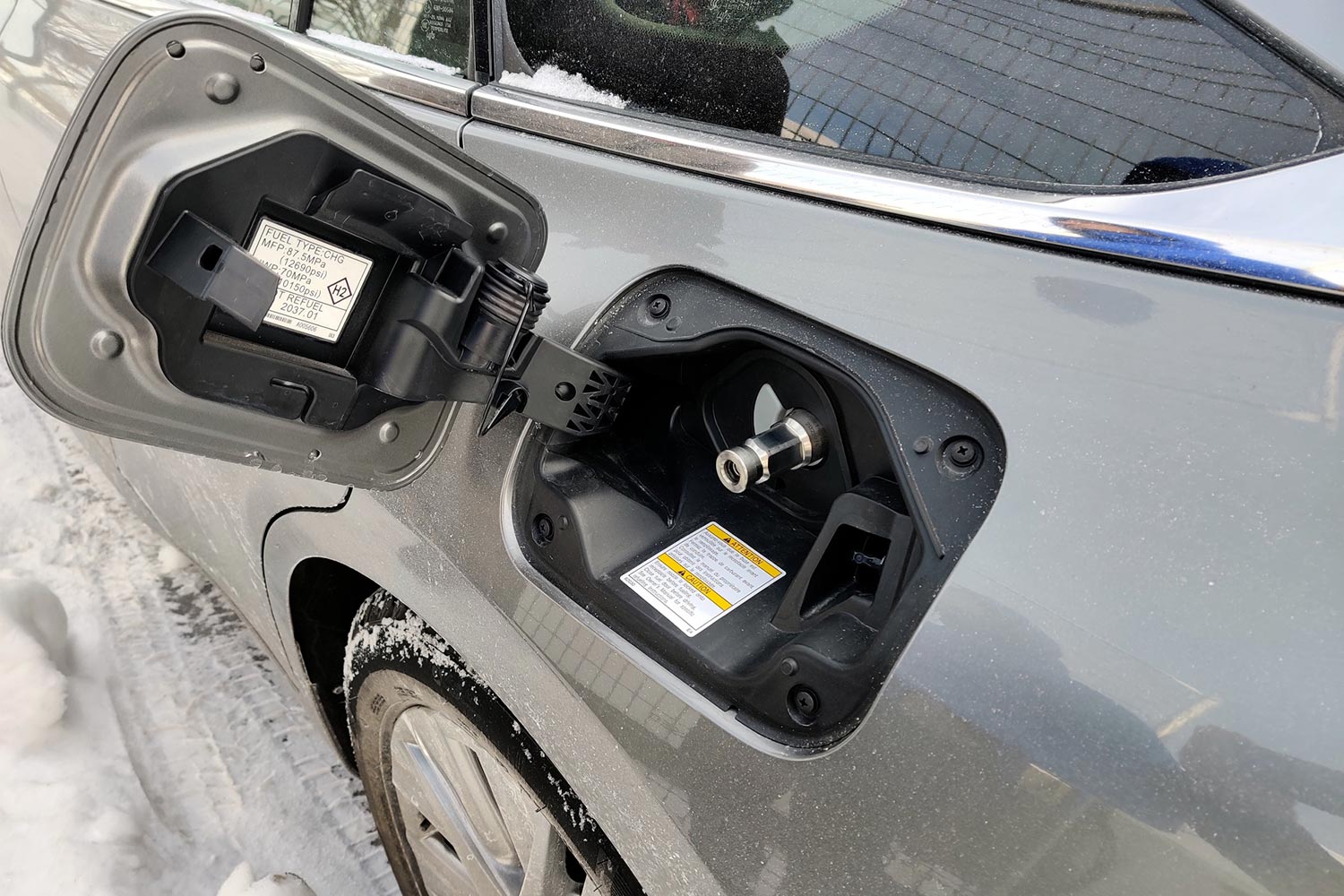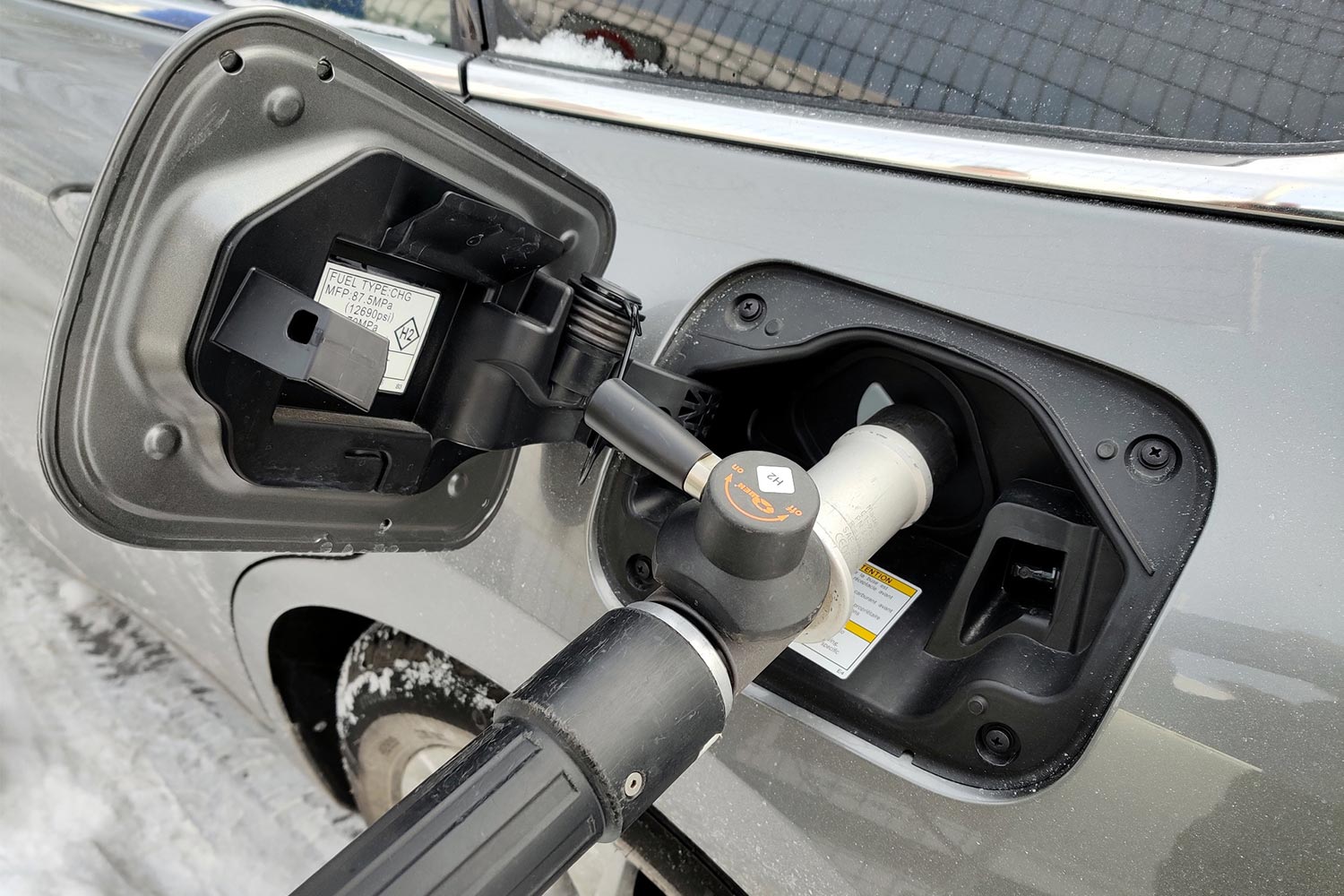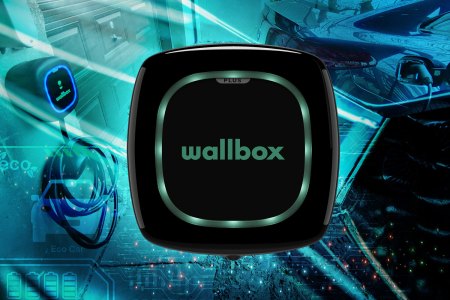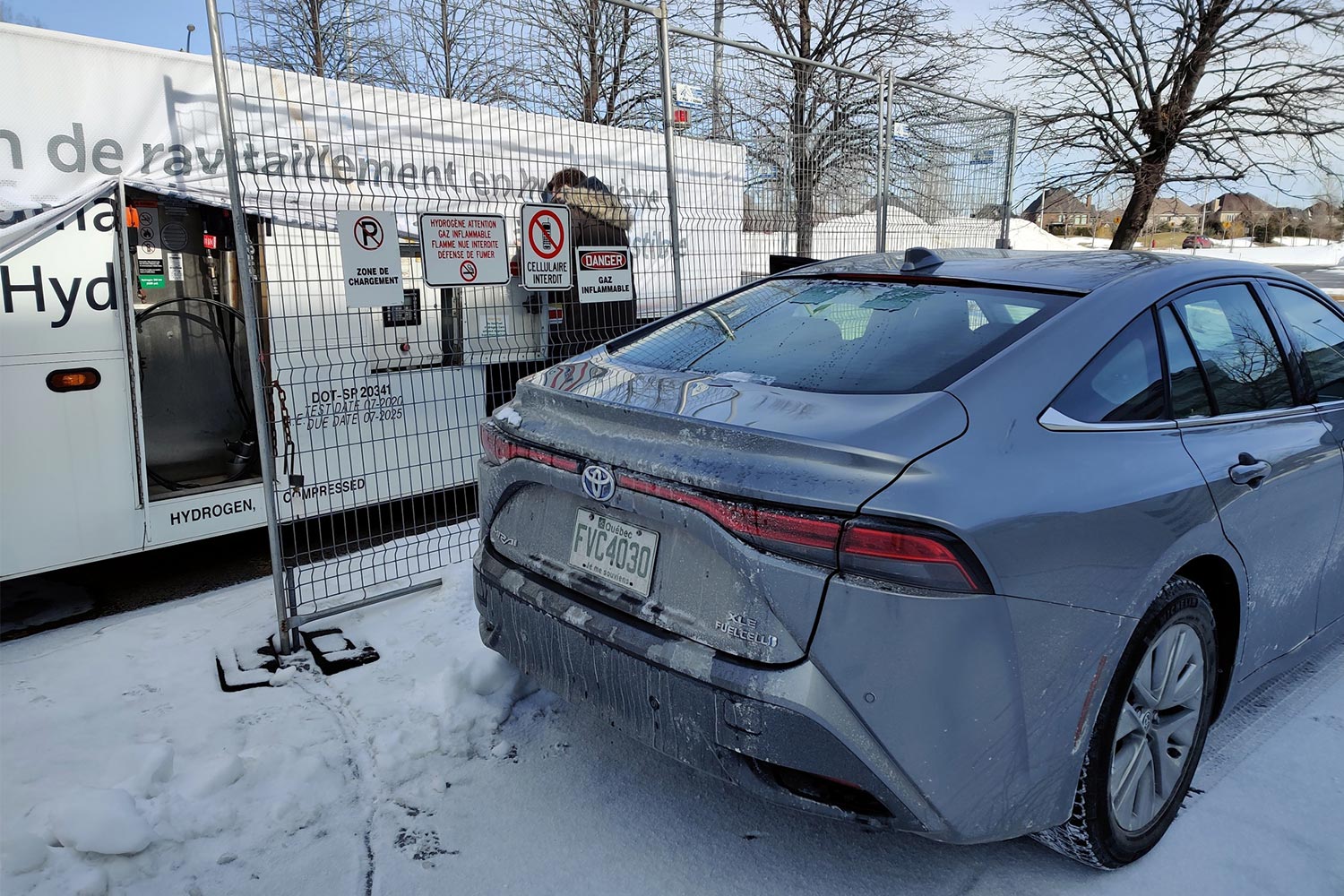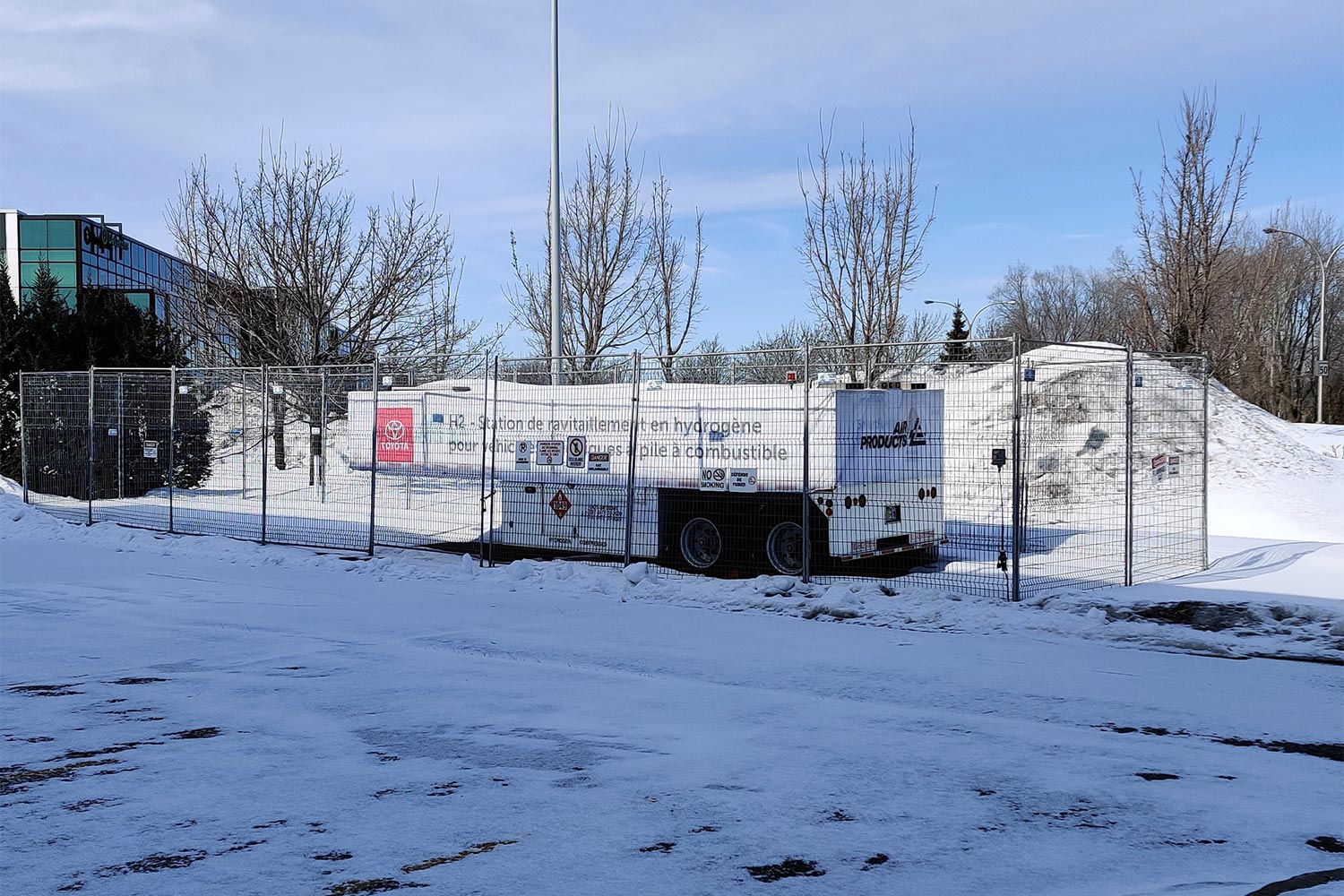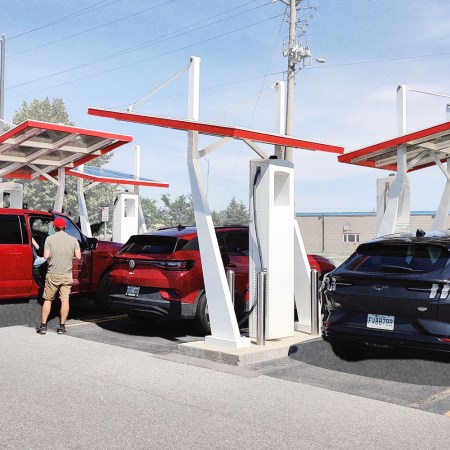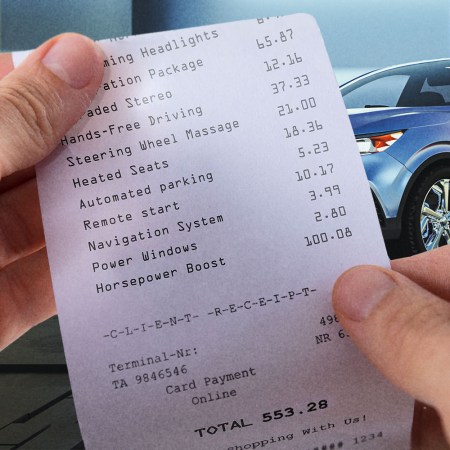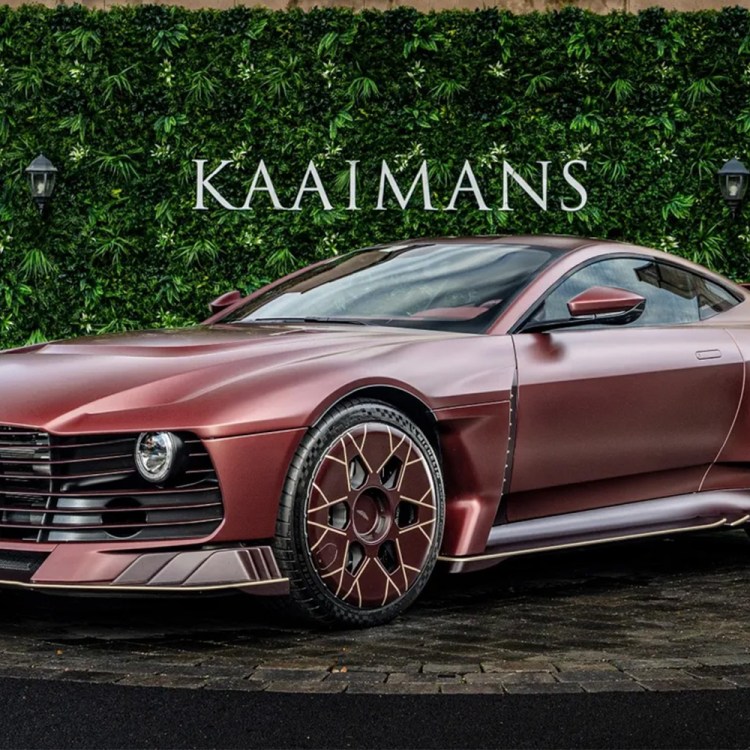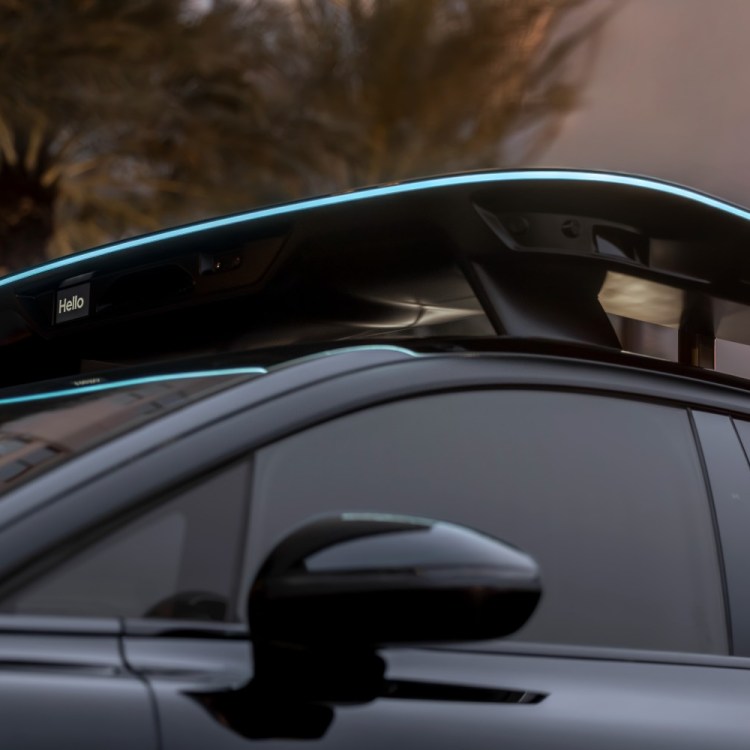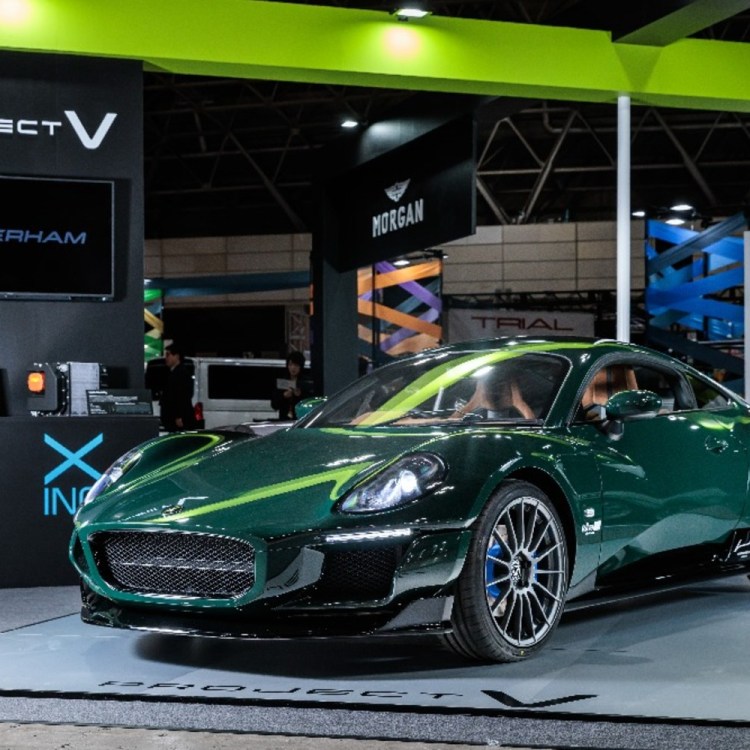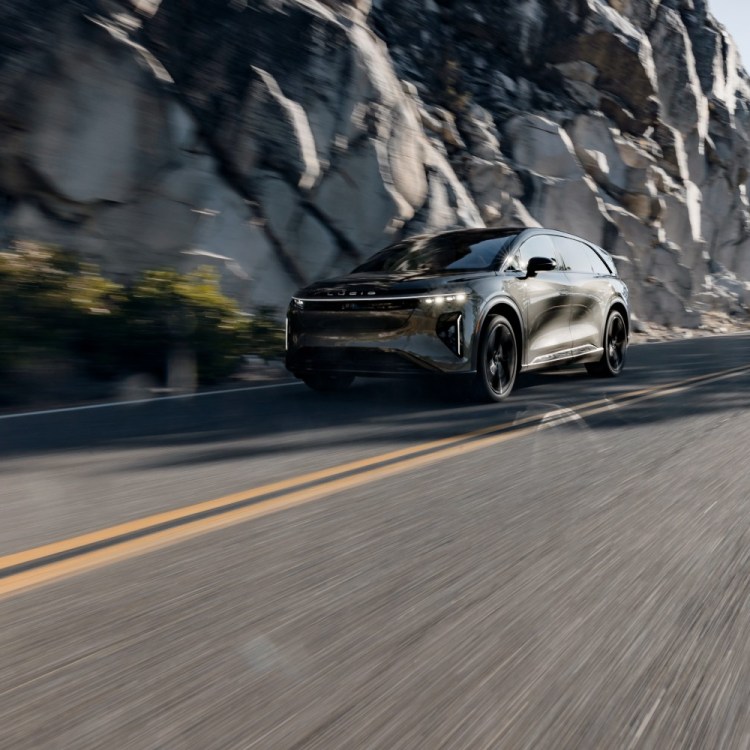It’s a mistake to think that the road ahead looks the same for every automaker. Although nearly all other major brands have made the pivot towards an all-EV tomorrow, Toyota remains a major outlier, a company that helped pioneer the hybrid revolution but stopped short of jumping on the battery-electric bandwagon. Its current lineup features only a single battery-electric model, despite being one of the world’s largest vehicle manufacturers — and even that example, the curiously-named bZ4X, has so far been more of a disappointment than a revelation. Even Lexus, its luxury division, is still awaiting the arrival of the all-electric RZ, which should hit dealers later this year.
Instead of preparing for a battery-based tomorrow, Toyota has over the past decade extolled the virtues of a mixed approach to modern motoring that consists primarily of traditional internal combustion engines, plug-in hybrid designs and hydrogen fuel cell vehicles. It’s the latter that has pushed the company furthest towards the fringes of the electrified mainstream, for while other badges such as BMW and Hyundai have experimented with tech demonstrator fleets and low-volume lease programs, these have typically been situated in the context of a more comprehensive battery-powered plan.
Not so at Toyota, which is full steam ahead on promoting a hydrogen future. The Toyota Mirai, a fuel-cell sedan that is now entering its second generation, is the centerpiece of the automaker’s plan to intrigue customers about a very different type of electric driving, one that relies on a full tank of hydrogen rather than being tethered to a plug on the wall.
Unfortunately, spending time behind the wheel of the Mirai revealed it to be more time machine than practical mode of transportation, as this stately sedan turns back the clock to the bad old days of early EV infrastructure — only much, much worse, and with no apparent solutions readily at hand to solve several key energy questions that hover over the “hydrogen economy” that Toyota is doggedly attempting to will into being.
Fuel Cells, Not Batteries
The 2023 Toyota Mirai is, at its core, an electric car. The key difference between it and the hordes of other EVs crowding the market is how it stores energy. Rather than making use of a large battery pack to feed its motor with electrons, it instead relies on a chemical reaction between hydrogen and oxygen inside something called a “fuel cell stack.” The O2 is gathered through an intake at the front of the Mirai, while the hydrogen fuel is sipped from a trio of tanks that gird its undercarriage, with the only by-product being clean water (which was rather spectacularly purged from my test vehicle as vapor during a protracted post-shutdown sequence to prevent it from freezing inside the cell during icy winter weather).
The Mirai’s fuel cell is capable of generating enough electricity to motivate the sedan’s 182-horsepower drivetrain, which spins the rear wheels mounted to a modified Lexus platform. That’s modest output when dealing with the car’s 4,200 pounds of curb weight, and while the instant-on nature of its 221 lb-ft of torque help to mask the mass somewhat, there’s no mistaking the Mirai for one of its ultra-quick and similarly-priced EV competitors. A small lithium-ion battery is also installed in the sedan, but it’s there to help recapture energy from the vehicle’s regenerative braking system, and balance out overall load management.
Hydrogen Fantasy, Meet Reality
The Mirai’s true advantage over its battery-reliant rivals is the rapidity with which it can replenish its hydrogen fuel tank. Toyota advertises a five-minute fill-up, which is three to four times quicker than even the most advanced fast chargers are capable of dishing out. It also offers 402 miles of driving after a top-up, which again makes it very competitive with existing EVs.
Unfortunately, the real-world constraints of the hydrogen economy render the above paragraph almost entirely fantasy. There are numerous challenges facing widespread adoption of hydrogen fuel cell vehicles, and taken together they make Mirai ownership a complete and utter boondoggle for the vast majority of Americans.
Depending on who you ask, there are between 80 and 100 hydrogen fueling stations in the lower 48 United States. Each and every one of these is located in California, with a handful available in Hawaii (the two markets where the Mirai is currently sold). The rollout of new stations, and the maintenance and operation of existing ones in the Golden State, has at times turned chaotic, with frequent breakdowns, long wait times and other issues creating a crop of cranky Mirai owners.
Everything You’ve Wanted to Know About Installing an EV Charger in Your Home
Is it expensive? Safe? Convenient? Here’s what I learned after hooking up the Pulsar Plus from Wallbox.Here in Quebec, I found myself drawn into this morass first-hand. Toyota informed me that there was only one fueling station operating in the entire province, and it was located in a city more than 130 miles away from Montreal. To bridge the gap, the company towed in a mobile hydrogen pump with an 18-wheeler and left the trailer sitting in the parking lot of its corporate HQ.
The downside? For safety reasons, the system could only operate at 5,000 psi of pressure, which meant the Mirai could only be filled to half a tank (with a standard 10,000 psi required to make it full). This, combined with cold weather, restricted my test drive to about 120 miles in total. More importantly, it made it impossible to own a Mirai, in any practical sense, in the second-largest metro area in Canada.
Hydrogen Efficiency Doesn’t Currently Add Up
Many point to the issues surrounding hydrogen fuel infrastructure and try to paint them as similar to what battery-powered electric cars once faced, intent on assuring the public that the world is on the cusp of making a similar breakthrough here. This ignores the fact that electricity is already vastly distributed to every home on the continent, creating a massive secondary plug-in option for EV owners frustrated by a lack of local fast chargers. With hydrogen, if the station is broken and your Mirai is running on fumes, it’s time to call the tow truck because you won’t be generating fuel in your driveway.
Of course, infrastructure discussion conceals the next inconvenient truth about hydrogen fuel: there are significant energy costs associated with producing it. Well-to-wheel efficiency studies that examine energy use from the moment a power source is generated to the point that it’s unleashed by a driver’s right foot show hydrogen’s efficiency at just over 20%. A battery-powered electric vehicle is more than three times more efficient at using electrical energy. It’s important to note that these are just efficiency arguments, not even scratching the surface of the carbon footprints associated with how that electricity is produced.
Where’s Toyota’s Wow Factor?
Given that it’s swimming upstream against an increasingly strong battery-electric vehicle current, I would have thought it’d be in Toyota’s best interests to truly wow people with the Mirai. Yes, hydrogen is a hassle, sales people could say, but check out the styling/performance/luxury/etc. that come with it!
In contrast, the Mirai is firmly middle-of-the-road in nearly every respect. Its styling could best be described as “less angry Lexus,” and its interior, while comfortable, doesn’t over-achieve in terms of design or materials. The drive experience is smooth and buttoned-down, but with less oomph than what you might expect from a similarly-sized and much less expensive Camry. Moving from the $49,500 XLE trim I drove to the $66,000 Limited adds more gear to the Mirai experience, but nothing one can’t achieve elsewhere in the Toyota lineup.
It’s clear that Toyota is far from invested in a battery-electric future, but after having driven the Mirai it’s hard for me to characterize the company as being all-in on hydrogen. Good, but not great, this second iteration of the sedan fails to make a compelling case for enduring the slings and arrows of early adoption. As a test balloon for swapping the entire world away from its current electrification course, there’s simply not enough here to carry the car into the rarefied air required to truly raise public perception.
This article appeared in an InsideHook newsletter. Sign up for free to get more on travel, wellness, style, drinking, and culture.

